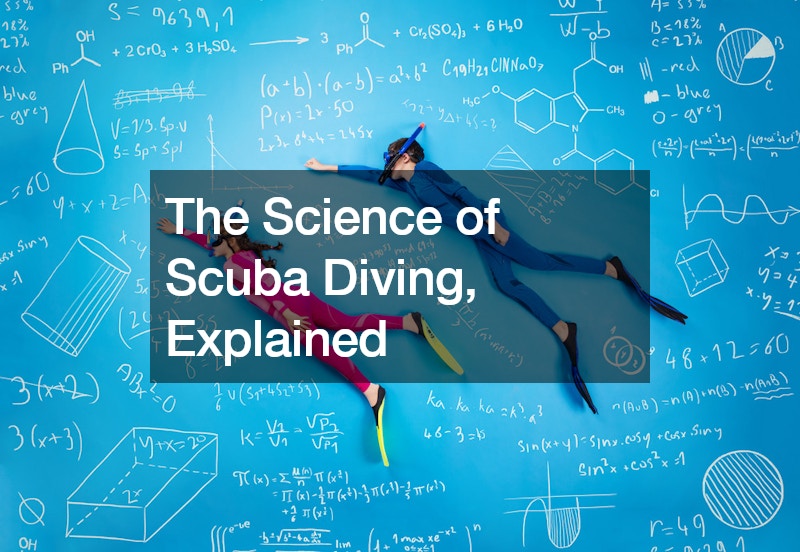Diving science makes it easier to explore underwater spectacles. All you need is special gear that lets you breathe underwater. One critical part of this gear is the air tank.
Another cool thing to mention is the regulator. The regulator takes the high-pressure air from the tank and turns it into regular air that is easy to breathe. Then, there’s the buoyancy control device (BCD) which works like a vest that helps you control how high or low you float underwater.
You’ll also learn about Boyle’s Law. Boyle’s law says that the more pressure you have, the less space the air takes up. That’s important for scuba divers because the deeper they go, the more pressure there is. Because of this, the air in their tank gets squished. This guide also explains why you should emerge slowly after a dive.
Emerging slowly after a dive is critical because there’s nitrogen in your air tank. The deeper you are, the faster your body absorbs it. If you come up too quickly, all the nitrogen can make you sick. Also, there are things to see underwater like how light bends as it travels from air to water.
This phenomenon makes things look bigger than they are. Scuba divers need to learn how to deal with this to swim around safely. Understanding refraction helps divers know how it can mess with depth perception, so divers learn to adjust. Watch this video for more on diving science.
.


